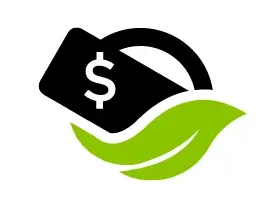Cup Loan Requirements Made Easy – Get Your Funding Now!
Are you looking to enhance and improve your project in rural areas? Do you want to find such a loan scheme with low-interest rates and flexible terms? If your answer is yes. so you are in the right place.
In this blog article, we will discuss the CUP loan program requirements, the interesting rates, how to apply, and how to get approved quickly, so let’s get started.

What is the Cup Loan Program?
Before starting the cup loan requirements, quickly discuss the cup loan program. The Cup loan program is for small and medium business loans. Cup Loan Program Application offered by the USDA Rural Development Company in the United States. The major features of the Cup loan are its low interest rate and long-term repayment, which is up to 40 years, depending on the borrowers’ projects. These features make the cup loan more attractive than other commercial loans.
Every business needs different loan amounts and terms to fulfill the project requirements. Cup loans offer 50,000 for borrowers with up to 40 years of the repayment period. More trusted companies offer different loan amounts for specific projects in the market.
The Cup Loan Program can be used for various types of projects, such as:
Cup Loan Requirements
Let’s look at each of these criteria and see what they mean for your project.
Rural Area
Here is the tool you can use to check your area. Simply put your area here.
Median Household Income
The second requirement is that your project must serve the areas with low-income levels. The program aims to grow the areas where low- or medium-income populations live. The USDA Rural Development defines the state nonmetropolitan median household income, which varies by state and county. To check the current income limits, you can find them here.
Financial Feasibility and Sustainability
The third aspect we consider is financial feasibility, which means ensuring you have a stable income or enough resources to repay the loan on time. This is crucial for ensuring the project’s success and ability to meet its financial obligations.
You will need to provide a financial feasibility report that includes:
You will also need to provide evidence of your financial management and accounting systems, such as:
Compliance with Laws and Regulations
The fourth concern is that your project must follow local and federal rules and regulations. For that, You must have permits, approvals, licenses, etc. Here some laws are included:
Environmental and Historic Preservation
The fifth and last criterion is that your project should not impact the environment and historic properties. Mean you need to avoid the negative impact on that area. Here are some examples:
You will need to provide an environmental report that includes:
You will also need to provide a historic preservation report that includes:
FAQs
Conclusion.
This blog article will help you gather and fulfill the cup loan program requirements. If you can meet the program requirements, apply for that as fast as possible. You can ask in the comment section if you have any other queries related to this cup loan requirement.





